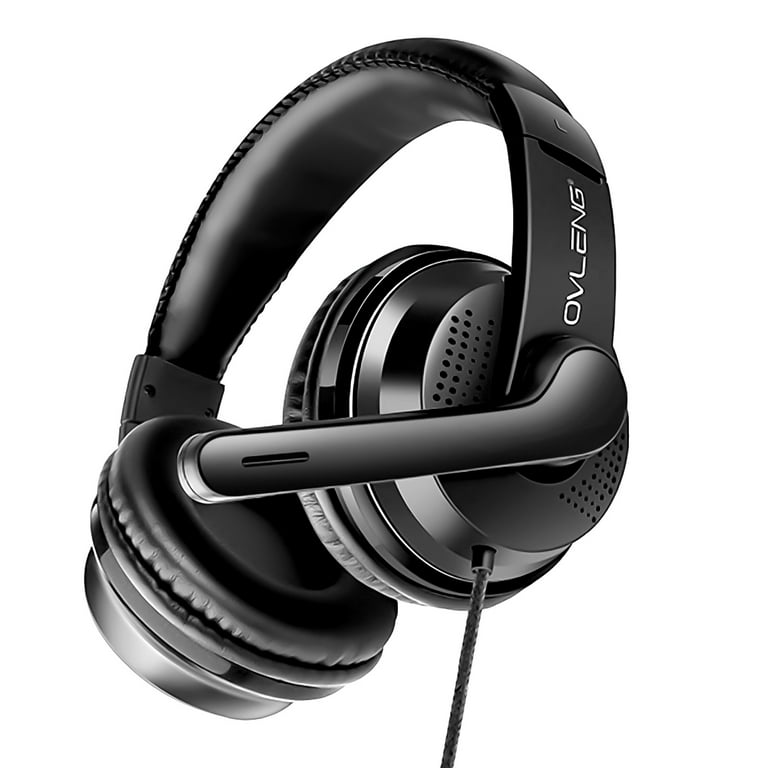When it comes to capturing high-quality audio for your recordings, using stereo microphone techniques can make all the difference. Whether you’re recording music, podcasts, or any other type of audio, understanding and utilizing stereo microphone techniques can take your sound to the next level.
What are Stereo Microphone Techniques?
Stereo microphone techniques involve using two microphones to capture a more immersive and realistic sound. By utilizing two microphones strategically placed in relation to the sound source, you can create a sense of depth and space in your recordings that’s simply not achievable with a single microphone. This can result in a more natural and engaging listening experience for your audience.
Types of Stereo Microphone Techniques
There are several common stereo microphone techniques that are widely used in the recording industry:
- XY Technique: This technique involves placing two cardioid microphones at a 90-degree angle to each other, with the capsules as close together as possible. This method is great for capturing a strong center image and is relatively easy to set up.
- ORTF Technique: Named after the French broadcasting organization, Office de Radiodiffusion Télévision Française, this technique uses a pair of cardioid microphones spaced 17 cm apart and angled at 110 degrees. The ORTF technique provides a wide stereo image and good mono compatibility.
- Blumlein Technique: This technique involves using a pair of bidirectional microphones angled at 90 degrees to each other. The Blumlein technique is renowned for its ability to capture an incredibly natural and immersive stereo image.
- Mid-Side (MS) Technique: The MS technique uses one cardioid microphone (mid) facing forward and one bidirectional microphone (side) positioned at a 90-degree angle. This method allows for precise control over the stereo width during post-production.
Tips for Using Stereo Microphone Techniques
Here are some important tips to keep in mind when using stereo microphone techniques for your recordings:
- Microphone Placement: Positioning the microphones correctly is crucial for achieving the desired stereo image. Experiment with different placements to find the best sound for your specific recording environment and source.
- Room Acoustics: Take into consideration the acoustics of the recording space, as they can greatly impact the quality of the stereo image. Use acoustic treatment and position the microphones to minimize unwanted reflections and reverberations.
- Check Phase Relationships: Pay attention to the phase relationships between the two microphones to avoid cancellation or comb filtering issues that can compromise the stereo image. This is especially important when using spaced microphone techniques.
- Monitor in Mono: Regularly listen to your recordings in mono to ensure compatibility and a cohesive sound. If the stereo image collapses when played in mono, adjustments may be needed to ensure a strong center image and overall clarity.
Benefits of Stereo Microphone Techniques
Using stereo microphone techniques offers a range of benefits that can significantly enhance the quality of your recordings:
- Natural Sound: Stereo techniques can capture the natural spatial characteristics of sound sources, creating a more immersive and lifelike listening experience for your audience.
- Enhanced Depth: By capturing sound from different angles, stereo techniques can add depth and dimension to your recordings, allowing for a more engaging and impactful sonic result.
- Wider Soundstage: Stereo recordings can create a wider and more expansive soundstage, offering a more expansive and enveloping listening experience.
- Mixing Flexibility: When it comes to mixing and post-production, stereo recordings provide greater flexibility and control, allowing for precise adjustments to the stereo width and spatial positioning of sound sources.
- Listener Engagement: High-quality stereo recordings can captivate and engage listeners, drawing them into the audio experience and creating a more memorable impression.

Credit: www.walmart.com
Choosing the Right Microphones for Stereo Recording
When selecting microphones for stereo recording, it’s important to choose models that are well-suited to the specific techniques and applications you’ll be using. Consider factors such as frequency response, sensitivity, and polar pattern to ensure that the microphones will deliver the desired results for your recordings.

Credit: www.amazon.com
Frequently Asked Questions Of Stereo Microphone Techniques: Unlock The Power Of Immersive Sound
How To Position A Stereo Microphone Effectively?
Ensure proper distance and angle to capture balanced sound.
What Are The Benefits Of Stereo Microphone Techniques?
Enhanced spatial awareness and realistic audio reproduction.
Why Is Stereo Recording Preferable To Mono Recording?
Captures depth, width, and immersiveness of sound.
Can Stereo Microphone Techniques Improve Audio Quality?
Yes, by providing a more natural and dynamic sound capture.
Conclusion
Mastering the art of stereo microphone techniques can open up exciting possibilities for capturing high-quality audio with depth, realism, and impact. By understanding the different techniques, best practices, and benefits of stereo recording, you can take your recordings to new heights and create an immersive sonic experience that resonates with your audience.
Whether you’re recording music, podcasts, field recordings, or any other type of audio, exploring and implementing stereo microphone techniques can be a game-changer for achieving professional-grade audio recordings.